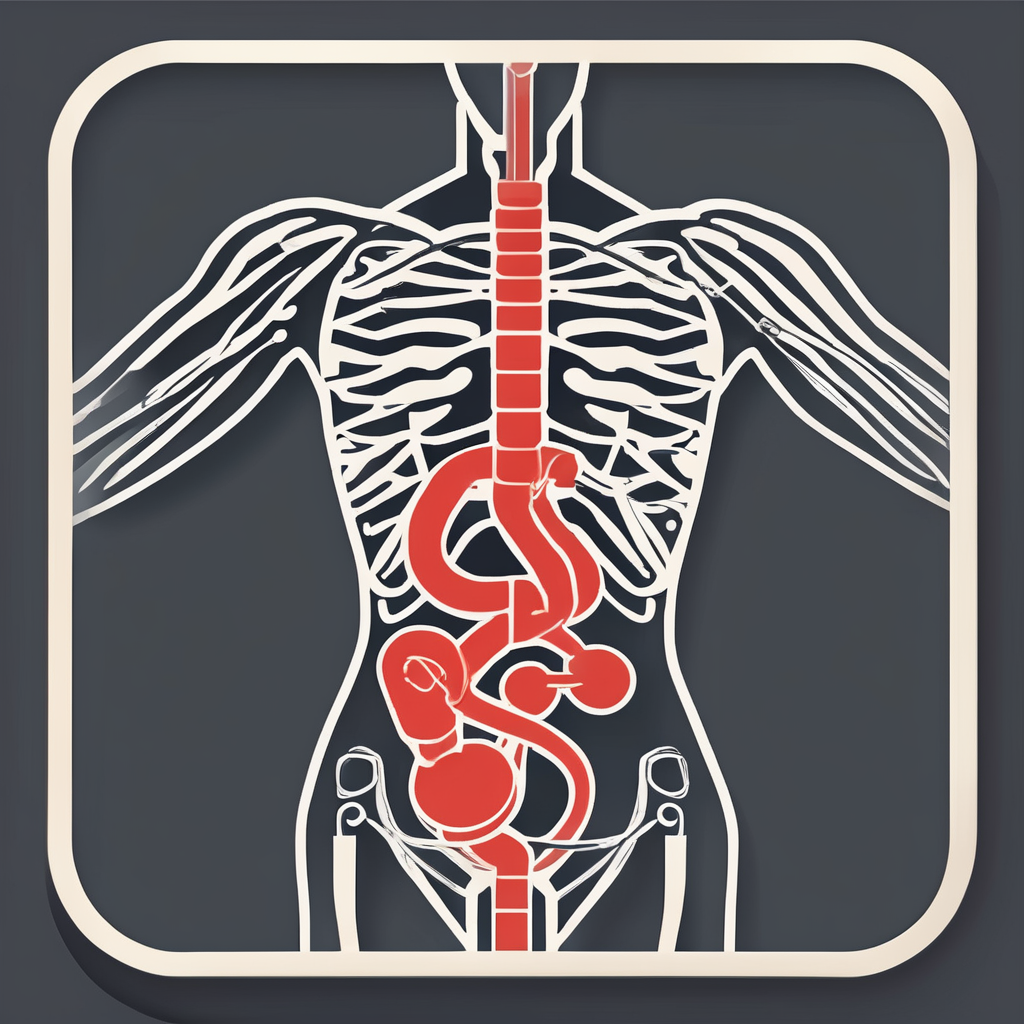Creating a birthing plan is an empowering step for expectant mothers, providing a sense of control and clarity during the unpredictable journey of pregnancy and labor. Amid the myriad of emotions and decisions, a thoughtfully crafted plan ensures your preferences and needs are at the forefront, orchestrating a harmonious delivery experience that aligns with your vision. This professional guide aims to enlighten expectant mothers with the insights needed to design a birth plan, encompassing key elements from medical choices to personal support systems. Dive into a comprehensive exploration of how to navigate this profound chapter with confidence and care.
Understanding the Essentials of a Birthing Plan
A birthing plan is more than a mere list; it’s a blueprint that outlines your wishes for the birth of your baby. This plan communicates your preferences to the medical team, ensuring everyone is aligned with your vision and ready to support you during the pivotal moments of labor.
This might interest you : What dietary changes should be made to accommodate gestational diabetes during pregnancy?
Crafting the Core Elements
At its core, your birthing plan should articulate your pain management preferences, delivery methods, and any medical interventions you’re open to or wish to avoid. This section acts as a care manifesto, showcasing your well-researched decisions and readiness for the journey ahead.
Medical Considerations
Collaborate with your healthcare provider to understand your health status. Discuss options like natural birth, epidurals, or C-sections, ensuring you’re informed about each choice’s implications and risks. Awareness of these decisions helps in tailoring a plan that respects your health and the baby’s well-being.
Also to discover : What are the signs of a healthy pregnancy, and when should you seek medical advice?
Incorporating Support Systems
Identify a birthing partner who will be with you through the process. Whether it’s a spouse, family member, or doula, having a committed individual can profoundly influence your experience, providing both emotional and physical support.
Assessing Your Environment
Choosing the right setting for your birth experience is critical. The hospital or birthing center you select plays a significant role in fulfilling your birth plan preferences and ensuring your care is uncompromised.
Hospital or Birthing Center?
Deciding between a hospital and a birthing center involves weighing medical safety against personal comfort. Hospitals offer comprehensive medical facilities and expertise, ideal for high-risk pregnancies. Conversely, birthing centers provide a more intimate, homely setting, often featuring midwives who specialize in natural birth methods.
The Role of Healthcare Providers
Building a rapport with your healthcare provider is crucial. They are your primary allies in this journey, guiding your choices and respecting your birth plan. Engage in open dialogues, discussing the logistics of labor, delivery, and postnatal care to ensure a mutual understanding.
Personalizing Your Space
Wherever you choose to give birth, personalizing the environment can add comfort. Consider elements like lighting, music, or personal items that can make the space feel more conducive to relaxation and focus during labor.
Preparing for Labor Pains
The anticipation of labor pains can be daunting, but understanding your options for managing them is instrumental in creating a supportive birthing experience.
Pain Management Preferences
Explore various pain relief methods, from breathing exercises and meditation to medication-assisted approaches like epidurals. Each option offers different benefits, so choosing one that aligns with your health and comfort is paramount.
Natural Pain Relief Techniques
Many expectant mothers are drawn to natural methods, such as water births, massage, or hypnobirthing. These techniques focus on minimizing pain through relaxation and mental preparation, offering a holistic approach to labor.
Communicating Your Choices
Once you’ve decided on your pain management strategy, ensure it’s well-documented in your birth plan. Clear communication with your medical team guarantees they’re equipped to help you adhere to your preferences during labor.
Post-Delivery Care and Considerations
The journey doesn’t end with the delivery of your baby. Postnatal care is crucial for both the mother and the newborn, laying the foundation for a healthy recovery and bonding experience.
Immediate Post-Birth Preferences
Your birth plan should include your post-delivery preferences, such as skin-to-skin contact, breastfeeding plans, and whether you wish for immediate family visits. These elements help establish an intimate bond with your newborn, fostering a nurturing environment from the very start.
Long-Term Health Considerations
Discuss long-term health strategies with your provider. These may include baby vaccinations, maternal health check-ups, and postpartum support services. Planning for these aspects ensures a seamless transition into motherhood.
Support Networks
Identify a robust support network post-delivery. Engage with family, friends, or postpartum groups to navigate the emotional and physical adjustments of motherhood. Their guidance and support can be invaluable during the initial weeks post-birth.
Crafting a birth plan that aligns with your unique needs is a profound step in the journey of parenthood. By considering every aspect—from the environment and pain management to post-delivery care—you empower yourselves to experience the transformative process of birth with confidence and clarity. Through collaboration with medical professionals and supportive networks, you can create a nurturing and personalized birthing experience that honors both your health and your baby’s well-being. As you prepare for this life-changing event, let your preferences and values guide you, ensuring that your baby’s arrival is met with joy and serenity.











